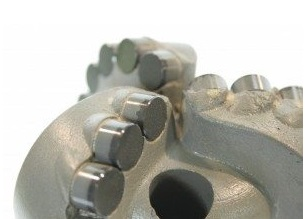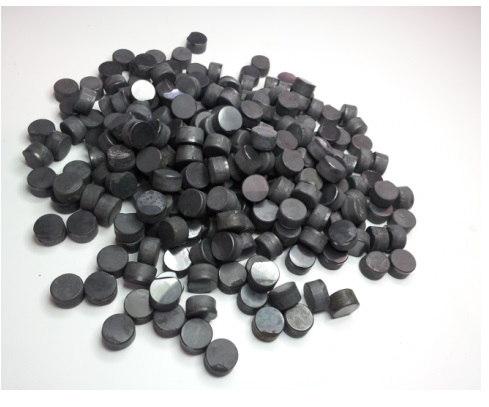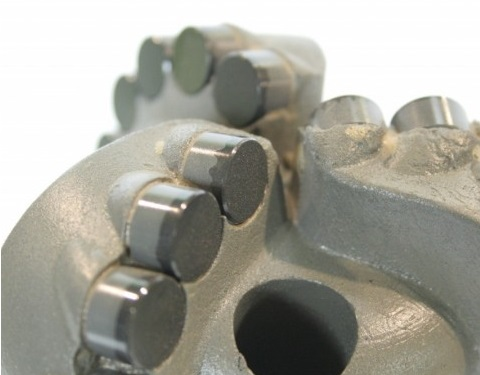PDC PCD difference

PDC OR PCD DRILL BIT? WHAT’S THE DIFFERENCE?
PDC drill bit means Polycrystalline Diamond Cutter core bit
The earliest wells were water wells,shallow pits dug by hand in regions where water table approached the surface,usually with masonry or wooden walls lining the .
PDC are made by combining some layers of polycrystalline diamonds (PCD) with a layer of cemented carbide liner at high temperature and high pressure.
PDCs are among the most rigd of all diamond tool materials.
PCD simply means Polycrystalline Diamond : PCD are normally made by sintering many micro-size single diamond crystals at high temperature and high pressure. PCD has good fracture toughness and good thermal stability, and is used in making geological drill bits.
PDC has the advantages of diamond’s high wear resistance with carbide’s good toughness.


We supply PDC drill bits made with a range of shaped cutters or polycrystalline diamond compacts (PDC) brazed on a body.
PDC Cutters are made from carbide substrate and diamond grit. High heat of around 2800 degrees and high pressure of approximately 1,000,000 psi forms the compact. A cobalt alloy is also present and acts as a catalyst to the sintering process. The cobalt helps bond the carbide and diamond.
As a general rule, large cutters (19mm to 25mm) are more aggressive than small cutters. However, they may increase torque fluctuations.
Smaller cutters (8mm, 10mm, 13mm and 16mm) have been shown to drill at higher ROP than large cutters in certain applications. One such application is limestone for example.
Additionally, small cutters produce smaller cuttings while large cutters produce larger cuttings. Large cuttings may cause problems with hole cleaning if the drilling fluid cannot carry the cuttings up.
(1) or (2) Soft and soft sticky-Highly drillable formations such as clay, marl, gumbo and unconsolidated sands.
(3) Soft-medium-Low compressive strength sands, shale and anhydrites with hard layers intermixed.
(4) Medium-Moderate compressive strength sand, chalk, anhydrite and shale.
(6) Medium hard-Higher compressive strength with non-or semi-sharp sand, shale, lime and anhydrite.
(7) Hard-High compressive strength with sharp layers of sand or siltstone.
(8) Extremely hard-Dense and sharp formations such as quartzite and volcanic rock.
PDC CUTTING STRUCTURE
Very soft (1) to medium (4) formation type pdc bits have one dominant size of PDC cutter. PDC cutting structure is denoted in the following way:
2 – this bit has mostly 19mm cutters
3 – this bit has mostly 13 mm cutters
4 – this bit has mostly 8 mm cutters
PDC bits